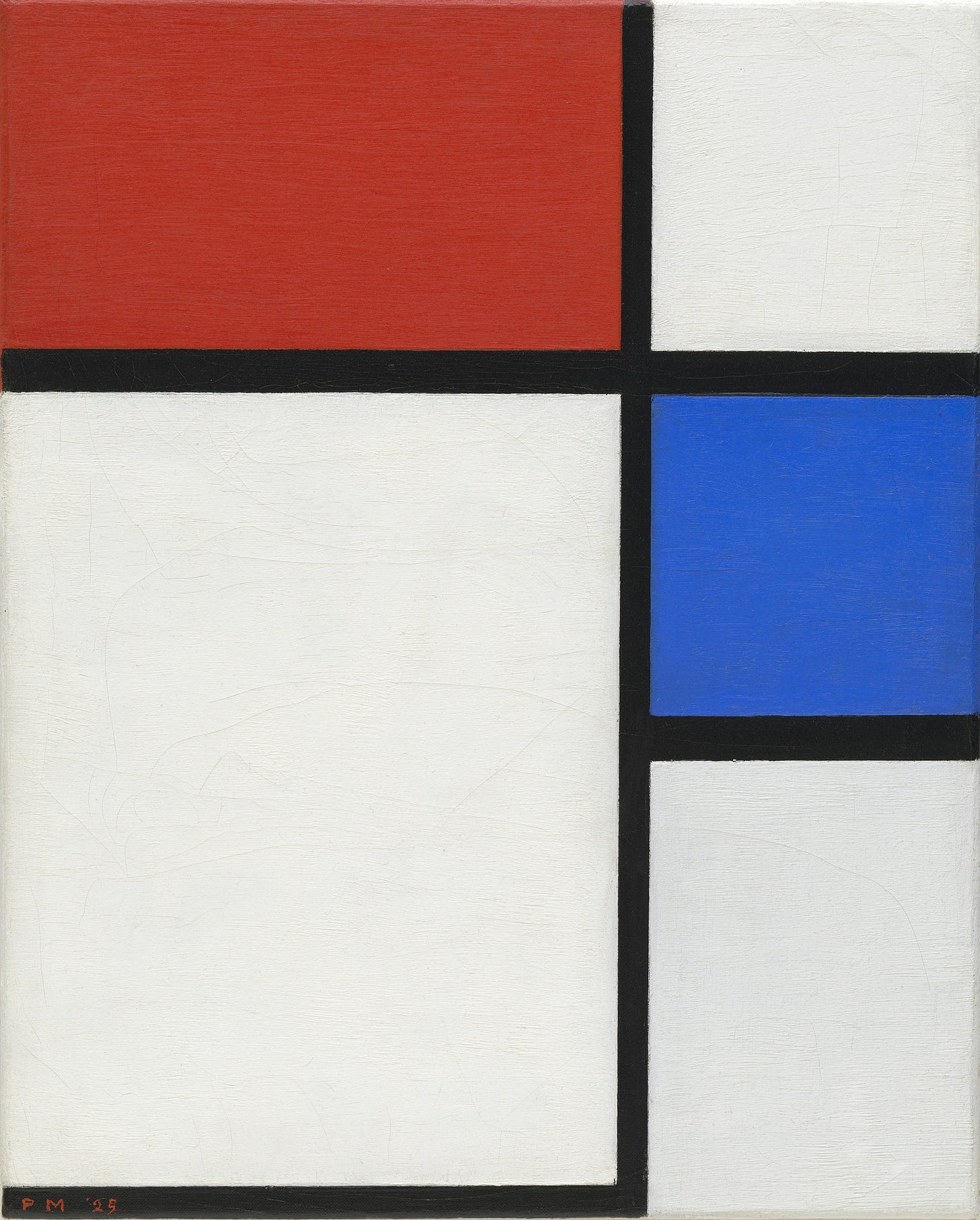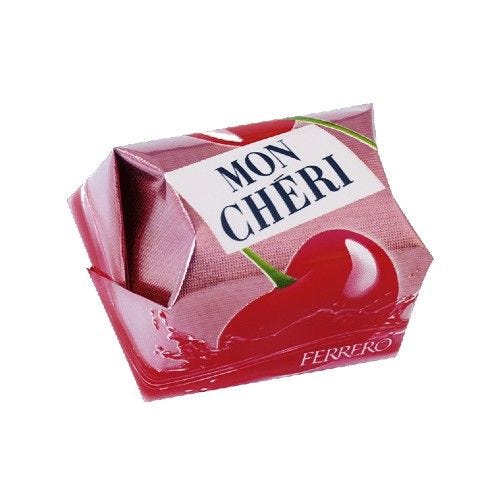“Purists make extravagant claims for art, because usually they value it much more than anyone else does.” - Clement Greenberg
As a perfume writer, I consider myself a professional analogist. It’s by necessity: as fragrance isn’t digitally reproducible, I’m quite simply forced to refer to Comme Des Garcons Original as ecclesiastical (dripping in incense and four types of ancient resin), and Rien by Etat Libre D’Orange as vacuous (a blast of powerfully redactive white hot aldehydes). It’s why I have absolutely no choice but to say that Clinique’s Aromatic’s Elixir smells like an antique pin cushion in the opening and old lady breath in the drydown. If perfume were a drug, the prescription would be to spray it silently and move on, but because I’m an iconoclast, I use my frags off-label, pontificating about them endlessly, knowing full well that words will only ever approximate the olfactory experience.
Ironically, it was by studying and writing about art that I learned the futility of deploying one medium as a stand-in for another. If you took a Modernist Art History survey you’ve likely read Clement Greenberg but don’t remember his deal, so I’ll summarize. Obsessed with aesthetics, his theory was that each medium (poetry, painting, etc) had its own set of strengths and thus should stay in its lane: sculpture was supposed to interact with it’s environment, literature was meant to describe something beyond the page, and painting should be flat, abstract, and boundaried by its edges. The best ones? Looked like this:
I sort of get his point. Photorealistic painting is impressive but part of me is like… you couldn’t just take a pic? Anyway! The argument is that the most poignant artworks convey meaning abstractly, through color, line, or form, rather than through figurative story-telling. It’s actually a very beautiful, spiritual idea— the best art makes us feel something, not by what it’s saying, but how it’s said.
I started thinking about Modernist art theory at 8am yesterday when my genius friend Tierney Finster texted me to ask about the fragrance world’s apparent obsession with jazz. She’s right, from Byredo’s shampoo-scented and erroneously-named Bal D’Afrique, to rich and syrupy niche breakout Jazz by Zernell Gillie, to Hinge-date standby Margiela Replica Jazz Club, all claim to take the loose and jammy genre as inspiration. My theory is that jazz is an improvisational category of an already abstract medium, making it the perfect tabula rasa upon which to map marketing bullshit. It’s not just jazz though, fragrance brands seem broadly preoccupied with music of all forms, as well as with works of literature, and cinema, and fine art. It begs the question: what is the imperative to reference a sister medium outside of a scent to market it? Why can’t perfume just be perfume?

Perfume is often (but not always) composed of materials drawn from nature or designed to replicate natural odors, so often “understanding” a scent means being aware of the cultural or olfactory associations these materials bring to a finished composition. I’ve used Ecrin de Fumee by Serge Lutens (which smells like a fashion magazine) to talk about perfume as collage, whereby each component part offers its own discreet meaning, used in combination by a perfumer to create a unified message. There’s a Hilde Soliani perfume that I love called Il Tempo delle Mele that does this. Il Tempo delle Mele translates literally to “the time of apples,” but is an Italian idiom that refers to a fleeting season of adolescence. Indeed, there is something childlike about the perfume, which smells like stewed apples, vanilla, baking spice, and dry heat. Together, these notes conjour a cozy thanksgiving morning, waking up to the smell of a clicking radiator and apple pie cooling on the stove. Perfumes like these are what I would call figurative— they use an emotional reference to gesture towards something outside of themselves and tell a story we’re supposed to understand. They presume a shared vocabulary of scent and cultural references, whereby notes are deployed with literal, democratic clarity. They’re just as much about themselves as they are their source inspiration.
There is another perfume camp however, populated by the fragrances that use raw materials not as readable source images, but as abstract, formal elements. These formalist perfumes might use raspberry ketones as a fuzzy pink beauty filter, or ozonic notes to create the negative space that makes a composition open up like an endless blue sky. A perfume like Lampblack by Fzotic belongs in this category; it collapses into a bottomless, sticky black hole with a glittering, reflective surface. Rather than creating an olfactory depiction of an identifiable subject (like a fall morning, or a wet forest, or an ocean breeze), it conveys meaning abstractly. It smells like a feeling, infinite and sort of prehistoric. It uses fragrance notes (vetiver, Mandarin, black pepper) the same way a painter would use turmeric, beetroot, or calendula petals as pigment, crushing them into unrecognizable oblivion to serve as expressive gestures.
Perfume can be alienating when you feel like you’re supposed to “get it.” We all know the feeling of stepping into an art gallery, straining to interpret work that feels impenetrable, and the quiet alienation of being left out in the hermeneutical cold. Figurative perfumes like Hilde’s bypass this anxiety. I call them democratic because by stressing content over form they build a bridge to understanding. A perfume called Apple Time telegraphs its intent: its title is a didactic gesture that prioritizes inclusivity over reflection.
It’s a simple one, but a perfume like Il Tempo delle Mele communicates a clear message, something that Greenberg and his disciples were critical of in art. At a time when the the indelible cultural scars of World War II were were etched into everyday life, art theorists were extremely suspicious of the role of art as propaganda. Art that prioritized message over form felt too close to an ideological instrument, while work that pressed upon its inherently formal qualities felt more pure. Some of my favorite perfumes are supposed to smell like s’mores, a frozen lake, a horse stable, or the state of Hawaii. In fact, I just released my own fragrance with Hollywood Gifts that smells like a chocolate cherry confection my grandmother kept in her pocketbook. Even so, I hold a special place in my heart for the more enigmatic, Formalist perfumes that show without telling. I don’t need perfume to smell like music, or a movie, or a time or a place. There’s a myth that perfume needs to smell like a memory to transport you, but like imagining a color you’ve never seen, you have to be willing to go someplace you’ve never traveled.






Damn. This is good. 👏
Great stuff.